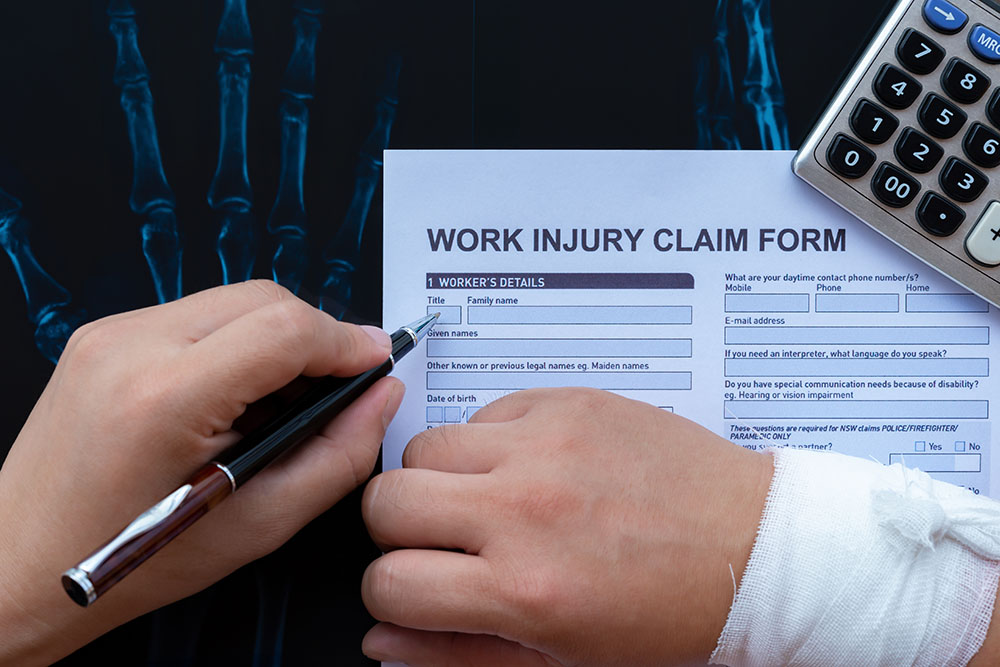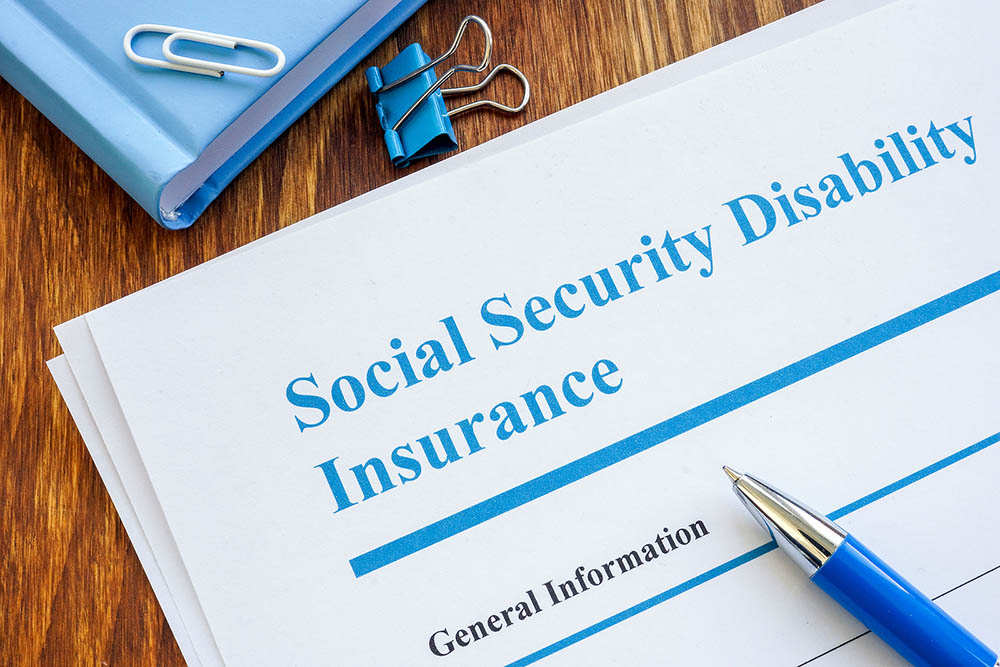Recognizing the signs of sexual abuse in institutions is crucial for ensuring the safety and well-being of individuals who are placed in the care of organizations such as schools, religious groups, or corporate environments. Often, institutions are seen as safe havens, but unfortunately, abuse can occur behind closed doors. When this happens, it’s important to spot the warning signs and take swift action. Being informed and vigilant can prevent further harm and help protect potential victims.
Sexual abuse isn’t always easy to detect, especially in settings where trust is expected. The issue is pervasive and affects all types of institutions, whether large or small. Understanding the signs can empower both individuals and communities to make a difference. By staying informed, we can contribute to creating safer environments for everyone. Let’s explore some common signs of abuse and how to address them.
Common Signs of Sexual Abuse in Institutions
Spotting signs of sexual abuse can be difficult, as they are often subtle and may not be immediately obvious. However, being aware of certain behaviors and indicators can help.
1. Behavioral Changes: Individuals may begin to display sudden shifts in behavior. A previously outgoing person might become withdrawn or show signs of distress. Also, frequent absences from school or work, loss of interest in daily activities, or a significant drop in performance could signal distress.
2. Physical Indicators: While some signs can be behavioral, others are physical. Look for unexplained bruising, injuries to sensitive areas, or clothing that appears disheveled. Frequent infections or medical issues that aren’t typical for the person’s age can also be red flags.
3. Emotional Symptoms: Emotional distress may manifest as heightened sensitivity, irritability, or unexplained crying. You might also notice signs of depression, anxiety, or sudden outbursts of anger. These emotional cues, especially when combined with behavioral and physical signs, might indicate something is wrong.
By staying alert to these signs, you can play a part in identifying and addressing potential cases of abuse within institutions. It’s important to keep an open line of communication with those potentially affected, providing them a safe space to express their fears or concerns. Creating a supportive environment encourages individuals to speak up, making it easier to address issues head-on.
Key Actions to Take if You Suspect Abuse
If you suspect that someone might be experiencing abuse within an institution, acting swiftly and thoughtfully is crucial. Begin by documenting any signs or evidence of abuse you observe. Keep detailed records of dates, times, and descriptions of any incidents or changes in behavior, as these can be invaluable when addressing the situation. It’s also important to ensure these records are kept securely and discreetly to protect both the victim’s privacy and that of any ongoing investigation.
Once documentation is in place, you need to report the suspected abuse to the appropriate authorities. This might include internal institutional authorities, local law enforcement, or child protective services, depending on the circumstances. Consulting with legal professionals can help you navigate this reporting process effectively. It’s vital to follow official protocols to ensure the issue receives the proper attention it deserves.
Throughout this process, providing support to the victim is key. Offer them a listening ear and validate their feelings, ensuring they do not feel alone or at fault. Encouraging them to speak about their experiences can be empowering and aid in their recovery.
Prevention Measures Institutions Can Implement
Creating a safe and secure environment is fundamental to preventing abuse. Institutions should prioritize transparency and foster an atmosphere where safety is paramount. Implementing thorough training programs for staff members is essential. These programs should address recognizing signs of abuse and outline steps for prevention and response. Training sessions should be conducted regularly and involve all personnel to ensure everyone is aware of policies and procedures.
In addition to training, establishing clear reporting procedures is a must. Institutions should create an easy and confidential way for individuals to report suspected abuse without fear of retribution. These channels should be well-publicized throughout the organization and be accessible to everyone, including staff, visitors, and those within the institution’s care.
Fostering a culture of open communication will encourage individuals to voice concerns or suspicions more freely. An example of an effective measure is having a suggestion box or anonymous hotline where people can report issues comfortably.
Stay Vigilant and Take Action
Being aware and proactive in recognizing and addressing sexual abuse in institutions is a collective responsibility. By understanding the signs and taking proper action, you can play a vital role in safeguarding those who might be at risk. It is a community effort that demands collaboration.
Staying informed about potential risks and preventive strategies is essential in advancing to a safer environment. Encourage continuous education and remain connected with resources that offer guidance on dealing with such challenges. Together, we can foster a watchful and supportive atmosphere that emphasizes the importance of vigilance and care.
If you’re in or near Wilmington, NC, and suspect abuse, consider consulting a legal professional to guide you through the process. Understanding your options can make a big difference, especially in sensitive situations involving institutions. Visit Greg Jones Law, P.A. to explore how a disability attorney in Wilmington can assist in supporting your legal needs and ensuring justice is served.




